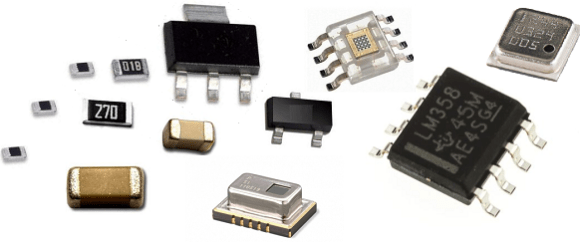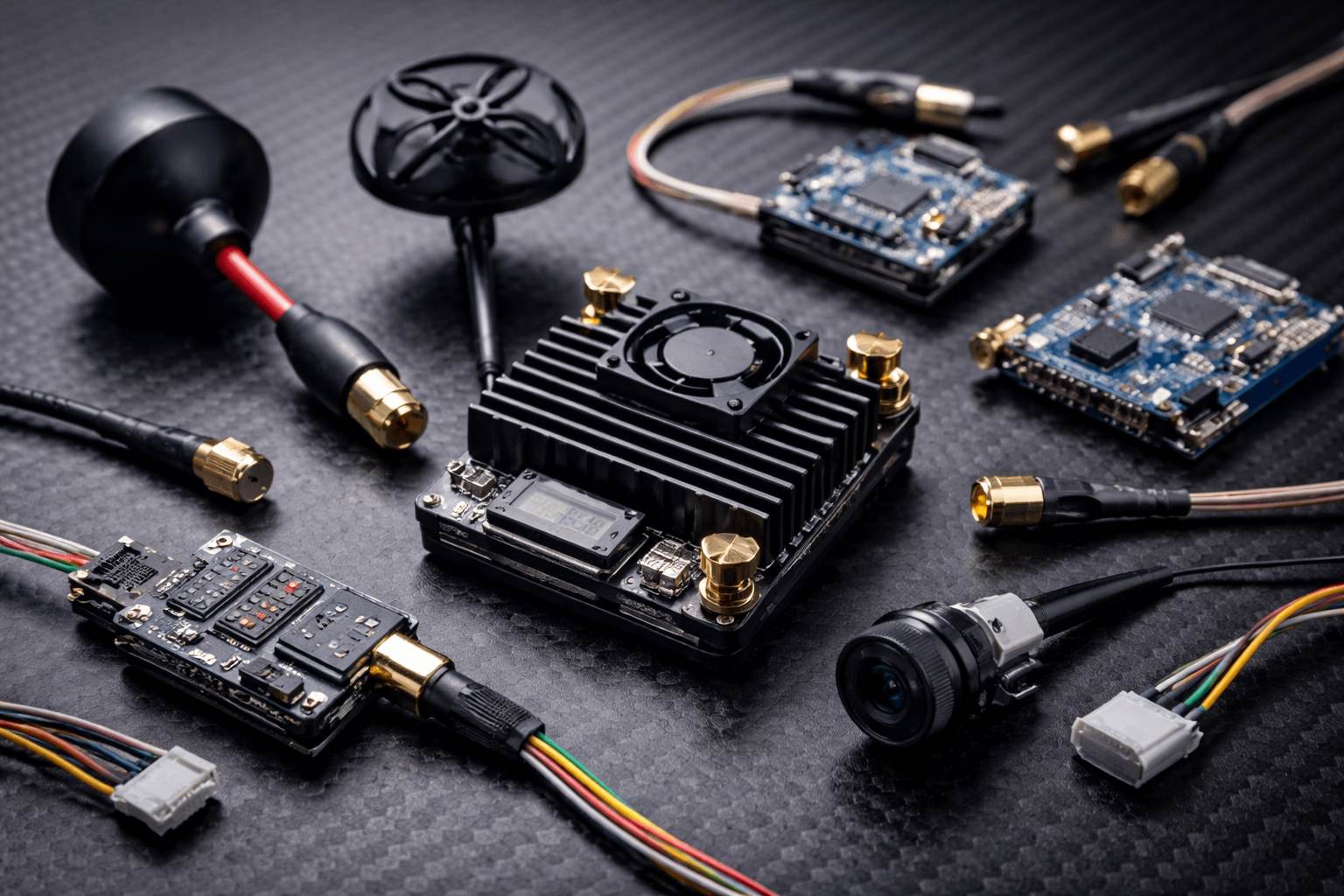Exploring the Distinctions: Composition vs. Interface in Software Development

In the realm of software development, two fundamental concepts often come into play: composition and interface. While they may seem similar at first glance, they possess distinct characteristics and serve different purposes. This article aims to delve into the nuances of composition and interface, highlighting their divergences and clarifying their roles in software design and development.
- Understanding Composition:
Composition, in the context of software development, refers to the act of combining different components or objects to create a more complex structure. It involves building relationships between objects by establishing a has-a relationship, where one object contains or is composed of other objects. This approach promotes code reuse, modularity, and flexibility.
Key Points:
- Composition emphasizes the assembly of objects to form a larger entity.
- It enables the creation of complex structures by combining simpler components.
- Objects are interconnected through composition, forming a hierarchical relationship.
- Changes in the composed objects do not affect the overall structure.
- Unveiling the Essence of Interface:
On the other hand, an interface defines a contract or a set of rules that specify how different entities can interact with each other. It serves as a blueprint for implementing classes or objects, ensuring consistency and enabling polymorphism. Interfaces facilitate loose coupling, allowing for interchangeable implementations and enhancing code maintainability.
Key Points:
- Interfaces define a common set of methods, properties, and events that objects must adhere to.
- They establish a contract between different entities, promoting interoperability.
- Interfaces enable polymorphism, allowing objects of different classes to be treated uniformly.
- Implementing an interface ensures consistency and enhances code extensibility.
- Differentiating Composition and Interface:
While composition and interface share the goal of creating modular and flexible software, they differ in their approach and focus. Composition primarily deals with the structure and assembly of objects, emphasizing the relationships between them. On the other hand, interfaces concentrate on defining contracts and enabling interaction between entities.
Key Points:
- Composition focuses on the hierarchical structure of objects, emphasizing containment.
- Interface concentrates on defining contracts and promoting interoperability.
- Composition facilitates code reuse and modularity through object assembly.
- Interfaces enable polymorphism and enhance code maintainability through consistent contracts.
Conclusion:
In conclusion, composition and interface are two essential concepts in software development, each with its distinct role and purpose. Composition emphasizes the assembly of objects to create complex structures, promoting code reuse and modularity. On the other hand, interfaces define contracts and enable interaction between entities, enhancing code maintainability and extensibility. Understanding the distinctions between composition and interface is crucial for designing robust and flexible software systems.

